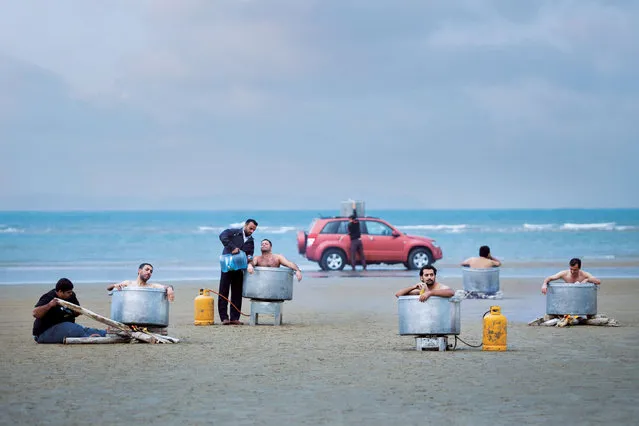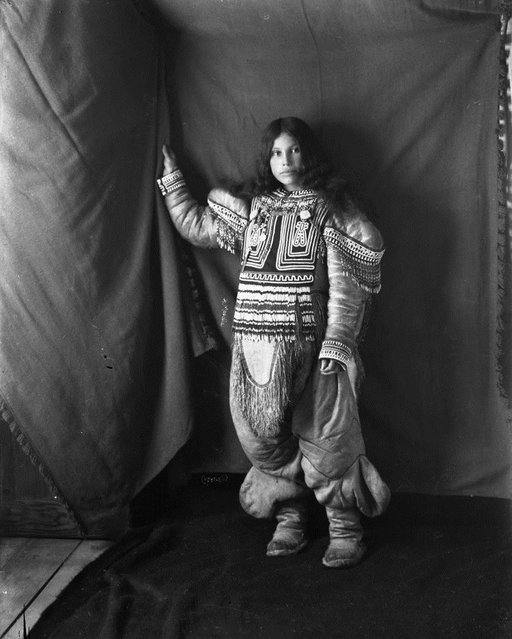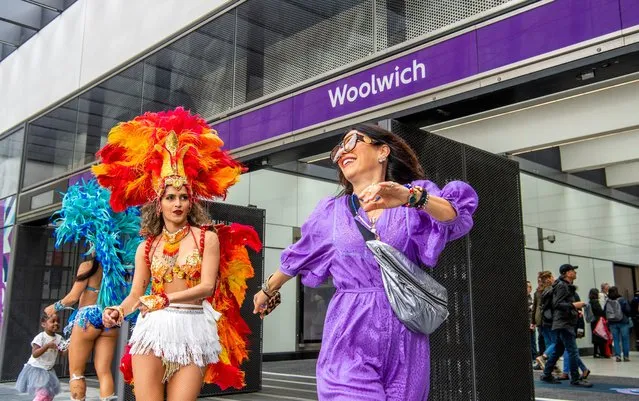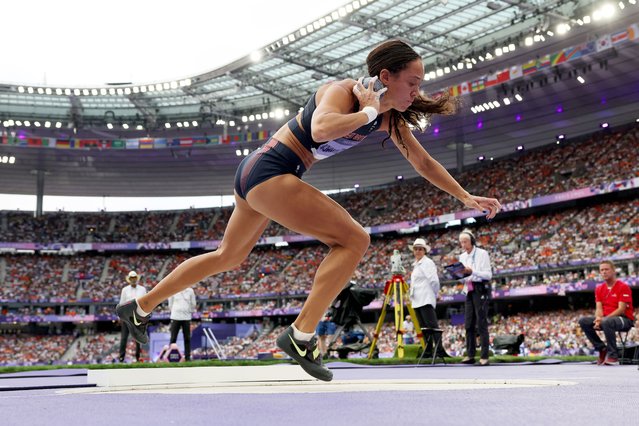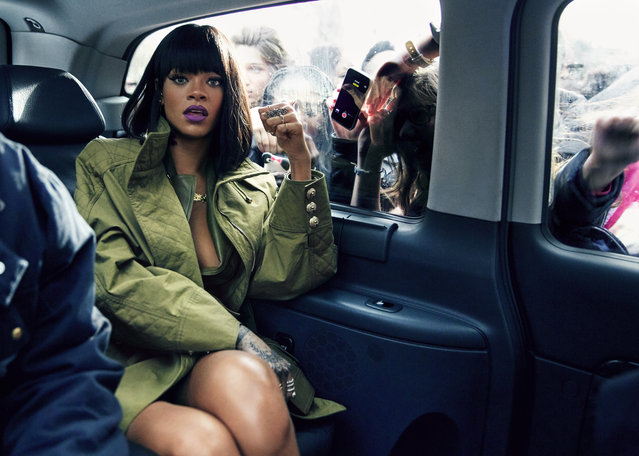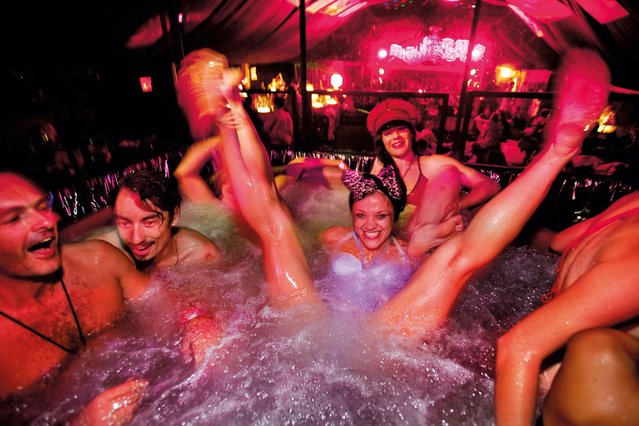
Award-winning photographer Barry Lewis has been picturing the weird and wonderful late-night Glastonbury experience for more than a decade. Shangri-La is a festival of contemporary performing arts held each year at Glastonbury festival, and Barry Lewis has documented its denizens. Here: Spa in Slumbarave’s Hotel Metropolis, Shangri-La, Glastonbury, 2009. (Photo by Barry Lewis/The Guardian)
20 Jun 2017 07:08:00,post received
0 comments

